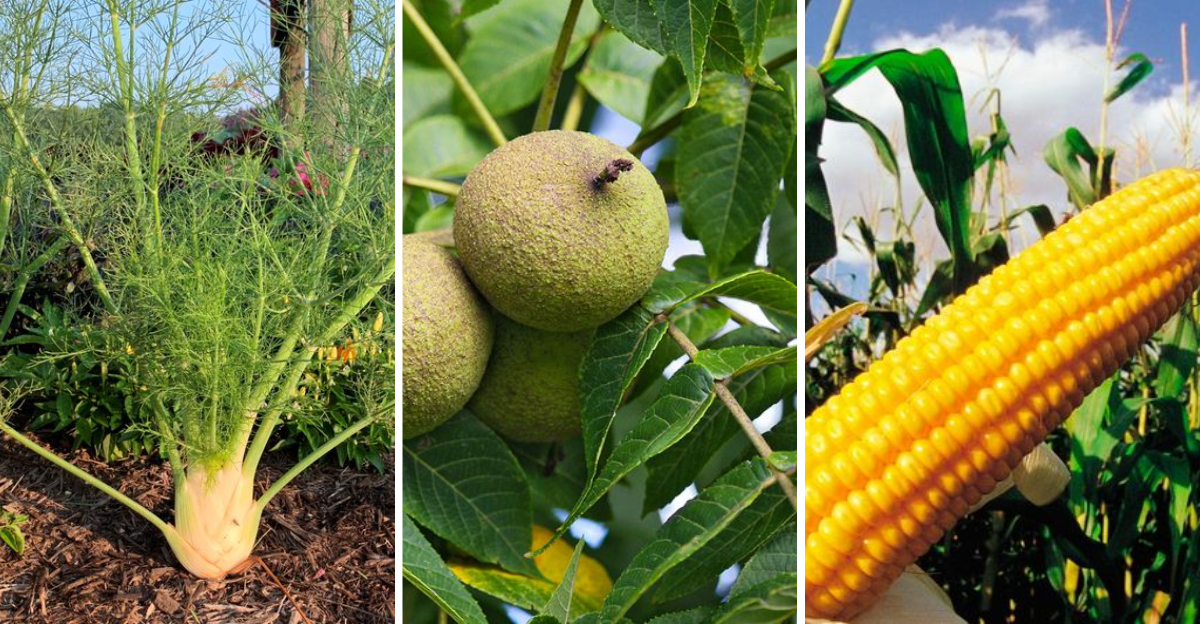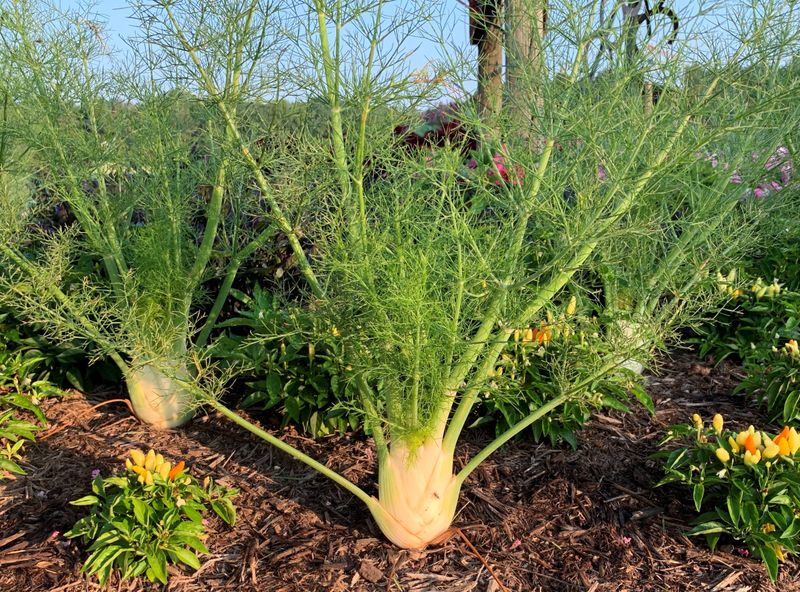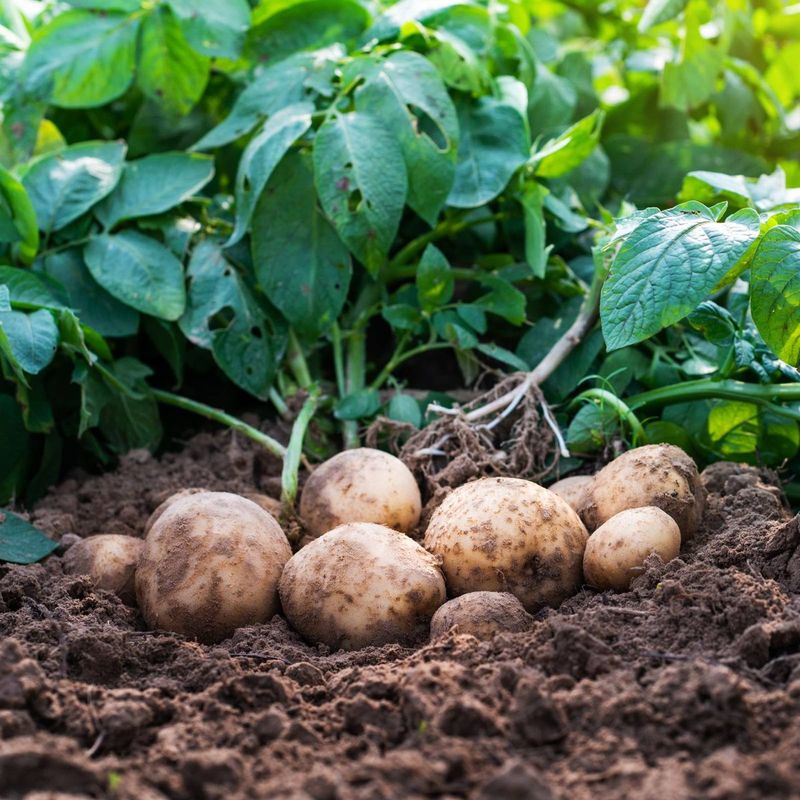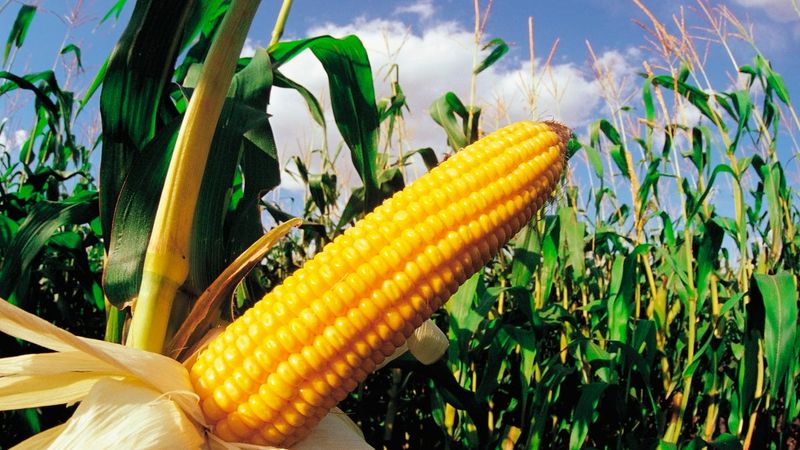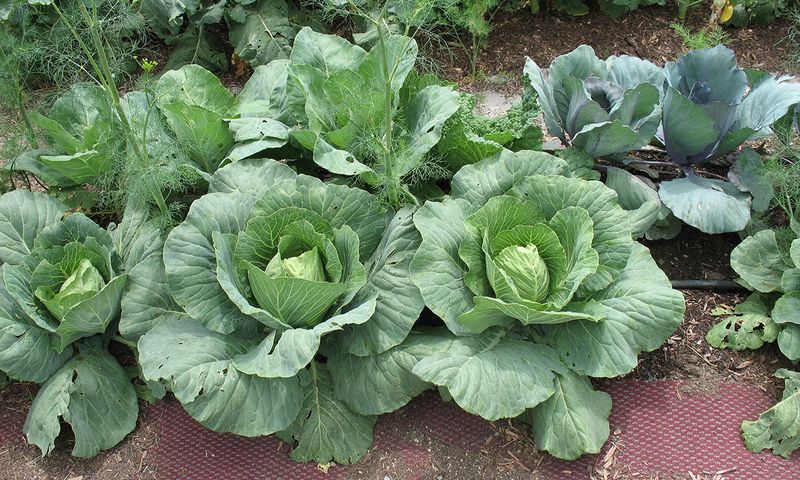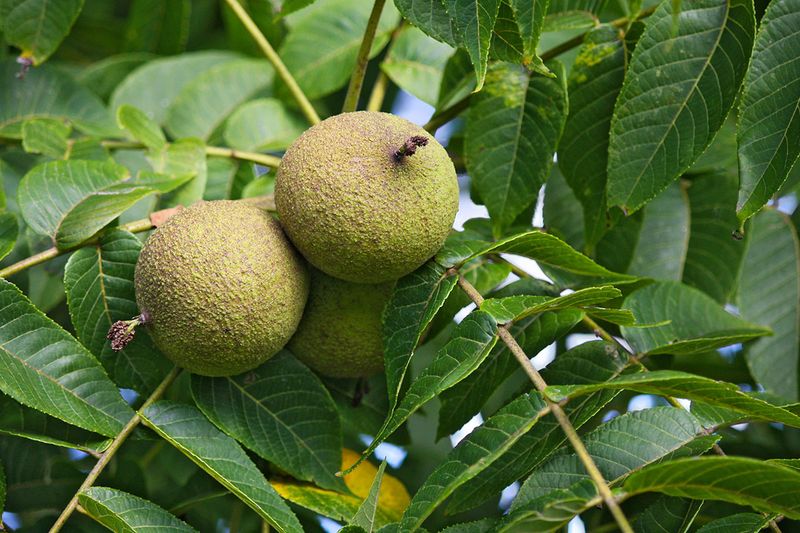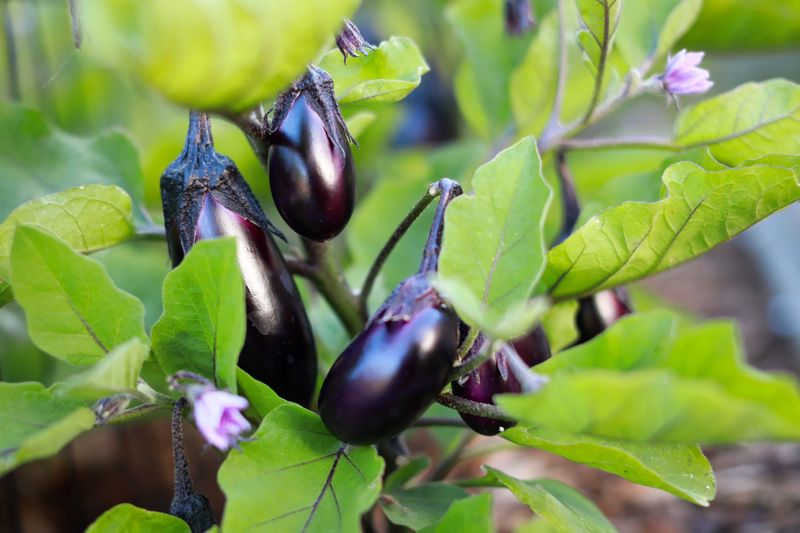Growing tomatoes can be a rewarding gardening endeavor, but it’s crucial to be mindful of what you plant nearby. Certain plants can compete with tomatoes for nutrients, attract pests, or even stunt their growth.
To ensure your tomato plants thrive and produce juicy, delicious fruits, it’s important to keep them away from certain plants. Here, we explore six plants you should avoid planting near your precious tomatoes.
By following these guidelines, you’ll be well on your way to a successful tomato harvest.
1. Fennel
Fennel is a beautiful plant with feathery leaves and yellow flowers, but it should be kept away from tomatoes. Fennel releases chemical compounds that inhibit the growth of nearby plants, including tomatoes.
This allelopathic property can stunt the development of your tomatoes, resulting in smaller yields. If you’re hoping for a bountiful harvest, it’s best to plant fennel in a separate area of your garden, far from tomatoes.
Instead, consider growing fennel with other herbs or in a designated herb garden to enjoy its culinary benefits without hindering your tomato plants.
2. Potatoes
Potatoes and tomatoes belong to the same plant family, Solanaceae, making them susceptible to similar diseases. Planting them together increases the risk of blight, a devastating fungal infection.
This disease can quickly spread between the two, wiping out your tomato plants. Additionally, they both require substantial nutrients, leading to competition and stressed plants.
To keep your tomatoes safe, plant potatoes in a different part of the garden. Rotating their location each year is also beneficial to prevent disease buildup in the soil.
3. Corn
Corn is a heavy feeder, meaning it competes with tomatoes for essential nutrients like nitrogen. This competition can leave your tomato plants undernourished and struggling to grow.
Moreover, corn can attract pests such as the corn earworm, which can also attack tomatoes. Keeping these plants apart ensures your tomatoes have ample resources and remain pest-free.
Instead of planting corn near tomatoes, reserve a separate plot for corn to thrive without impacting your tomato yield.
4. Cabbage
Cabbage and tomatoes should not share garden space due to potential issues with nutrient competition and pests. Cabbage can attract pests like cabbage worms, which may also target tomatoes.
In addition, both plants are heavy feeders and will vie for the same nutrients, leaving tomatoes undernourished.
For a successful garden, plant cabbage in a different area. Pair it with other members of the Brassica family, like broccoli or kale, to prevent these issues and ensure healthy tomato growth.
5. Walnut
Walnut trees are not ideal companions for tomatoes due to their production of juglone, a chemical that inhibits tomato growth. This substance can leach into the soil, adversely affecting tomatoes and other sensitive plants.
To protect your tomatoes, ensure they are planted far from walnut trees or any area where juglone might reach the soil.
Consider growing juglone-tolerant plants near walnut trees instead, and relocate your tomato patch to a safer spot in the garden.
6. Eggplant
Eggplants, like tomatoes, are part of the Solanaceae family, sharing common pests and diseases such as blight and verticillium wilt. Planting them together can make managing these issues more challenging.
Furthermore, both plants need similar nutrients, leading to competition and potential nutrient deficiencies.
To ensure healthy growth, plant eggplants away from tomatoes. This separation reduces disease spread and competition, allowing each plant to thrive independently, securing a robust harvest.
